5 Types of Lavender to Grow for Fabulous Fragrance and Gorgeous Blooms
There are many types of lavender that suit certain areas or uses better than others. Explore the five main categories of lavender to see which is best for you.

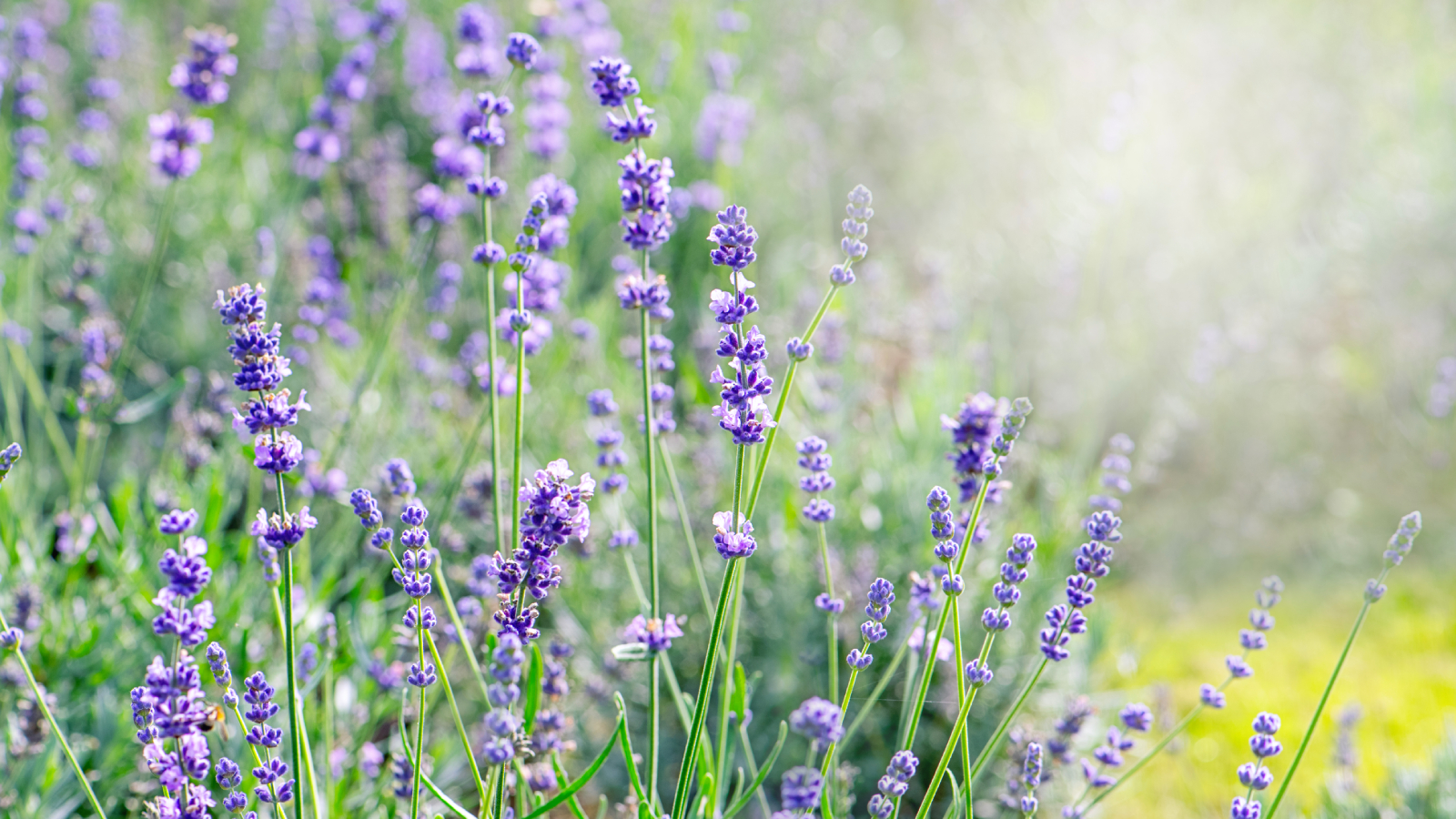
Many types of lavender are a useful addition to most any garden. As an ornamental, blooms serve as an invaluable asset to pollinators. Growing different types of lavender plants within herb or vegetable beds may also serve a great many purposes.
Lavender has been praised for its use as a companion plant within vegetable gardens, and its purported ability to repel troublesome insects. Learning more about the different lavender varieties available to home gardeners can help those growing lavender for the first time select those which will thrive.
Check out these different types of lavender plants to see which is best suited for your garden and your needs.
Different Types of Lavender
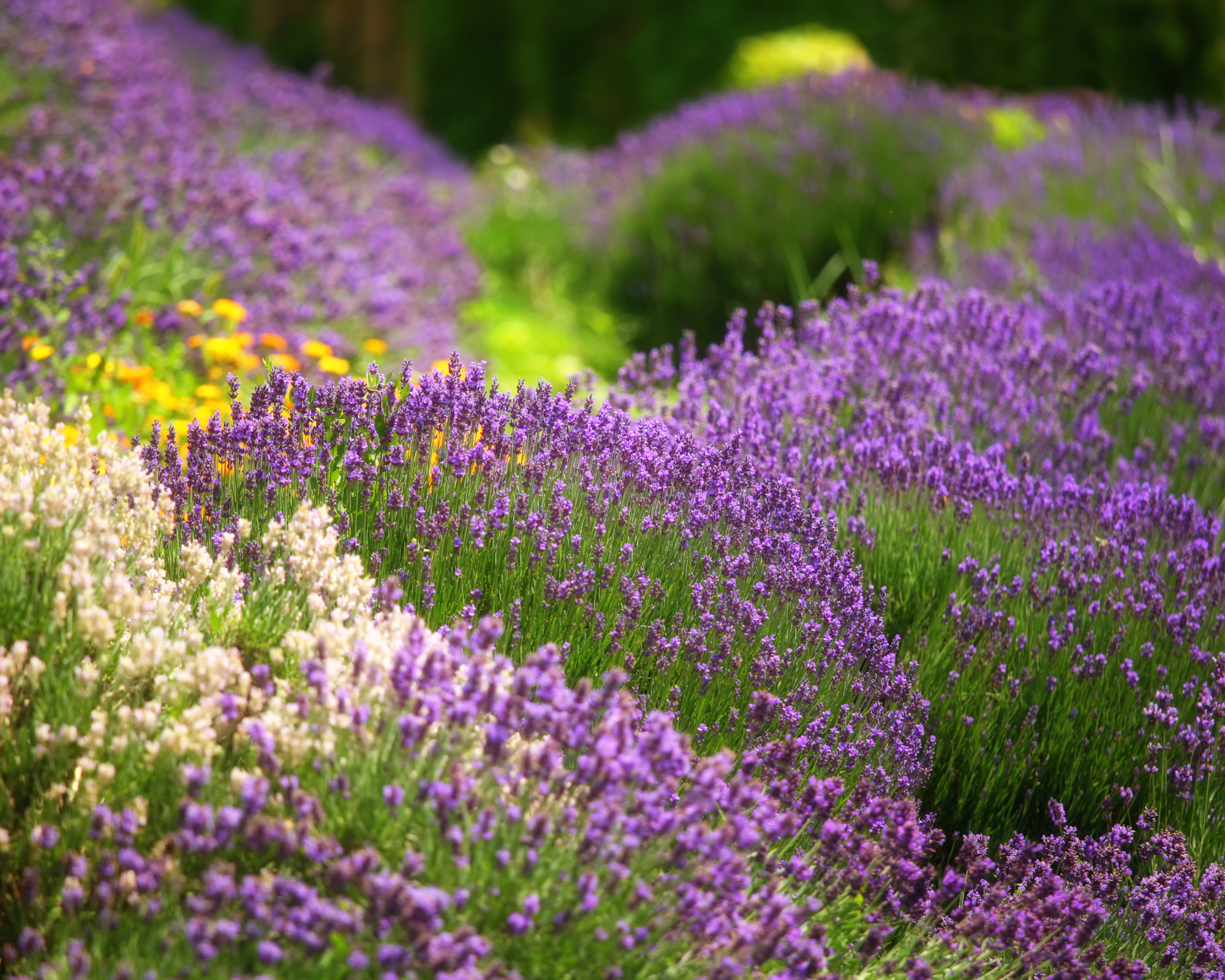
Though most within the genus are quite similar, there are over fifty different types of lavender plants. Commonly cultivated varieties are generally divided into one of several categories, depending upon their species. Each plant will vary slightly.
Most often, these differences are related directly to requirements for growth and bloom period. In this article, we will explore the importance of distinguishing between these types, as well as learn more about each of their characteristics.
Choosing the Right Type of Lavender
Though there are hundreds of lavender plant varieties available to gardeners, deciding which to grow can be difficult. While some species will only flourish under very specific conditions, others may be much more adaptable.
Before planting, growers will need to consider their own garden spaces. This includes soil conditions, summer temperatures, and moisture levels throughout the growing season. It also depends what you will be doing with your lavender. Do you want it for a border plant, or are you looking for edible lavender for culinary use? With careful planning, gardeners are certain to enjoy gorgeous lavender blooms for many seasons to come.
Sign up for the Gardening Know How newsletter today and receive a free copy of our e-book "How to Grow Delicious Tomatoes".
English Lavender Varieties
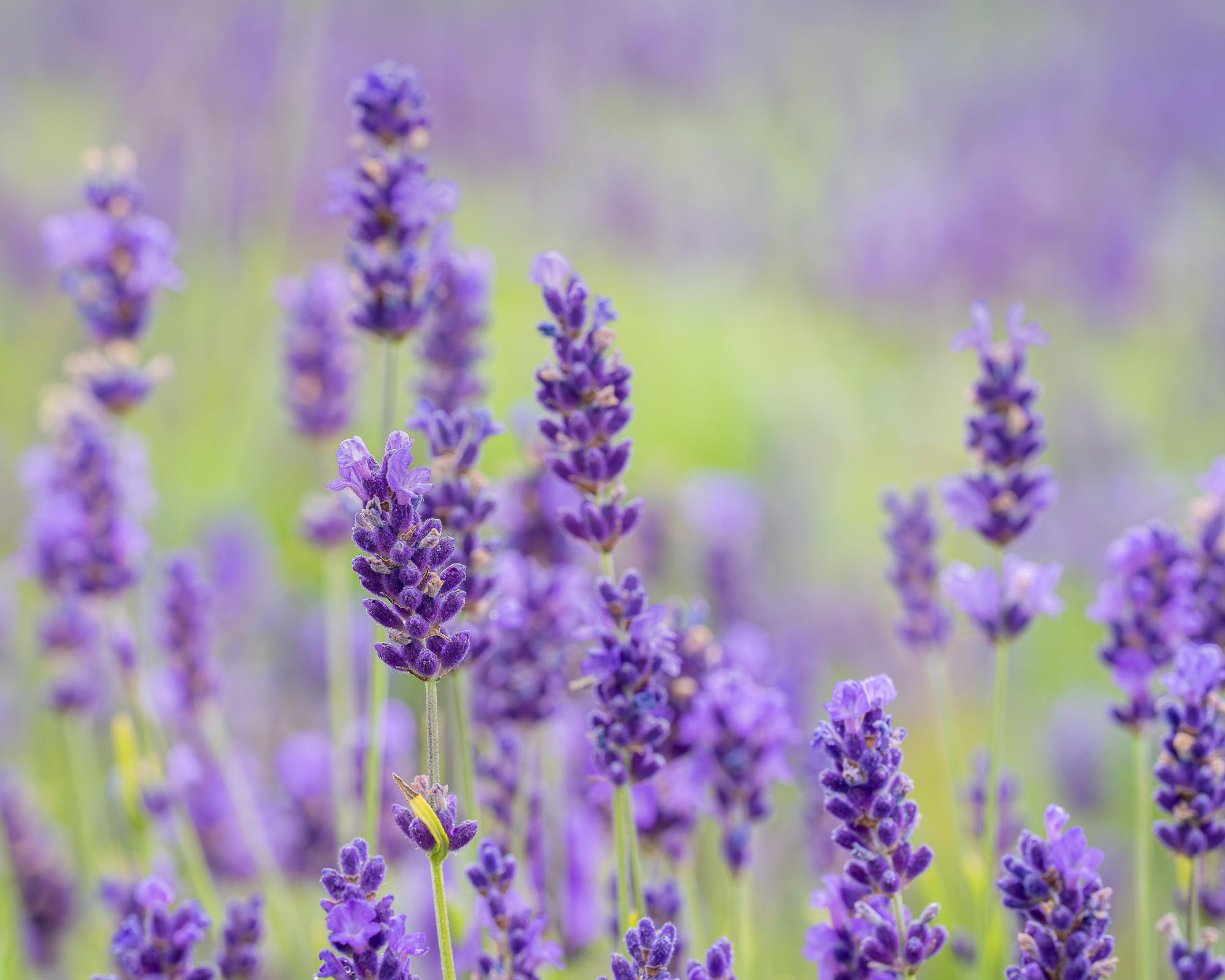
Native to the Mediterranean, English lavender (Lavandula angustifolia) is commonly referred to by growers as “true” lavender. Varieties of English lavender are available in both large and compact forms. Most cultivars will begin blooming in early summer, producing immensely fragrant purple-blue flowers. When cooking with lavender, you should choose the English variety so your food doesn't end up tasting bitter or soapy.
Their long stems are ideal for use in cut flower arrangements, dried bouquets, and craft projects. Some of the most useful varieties of English lavender include ‘Hidcote’ and ‘Munstead.’
French Lavender Varieties
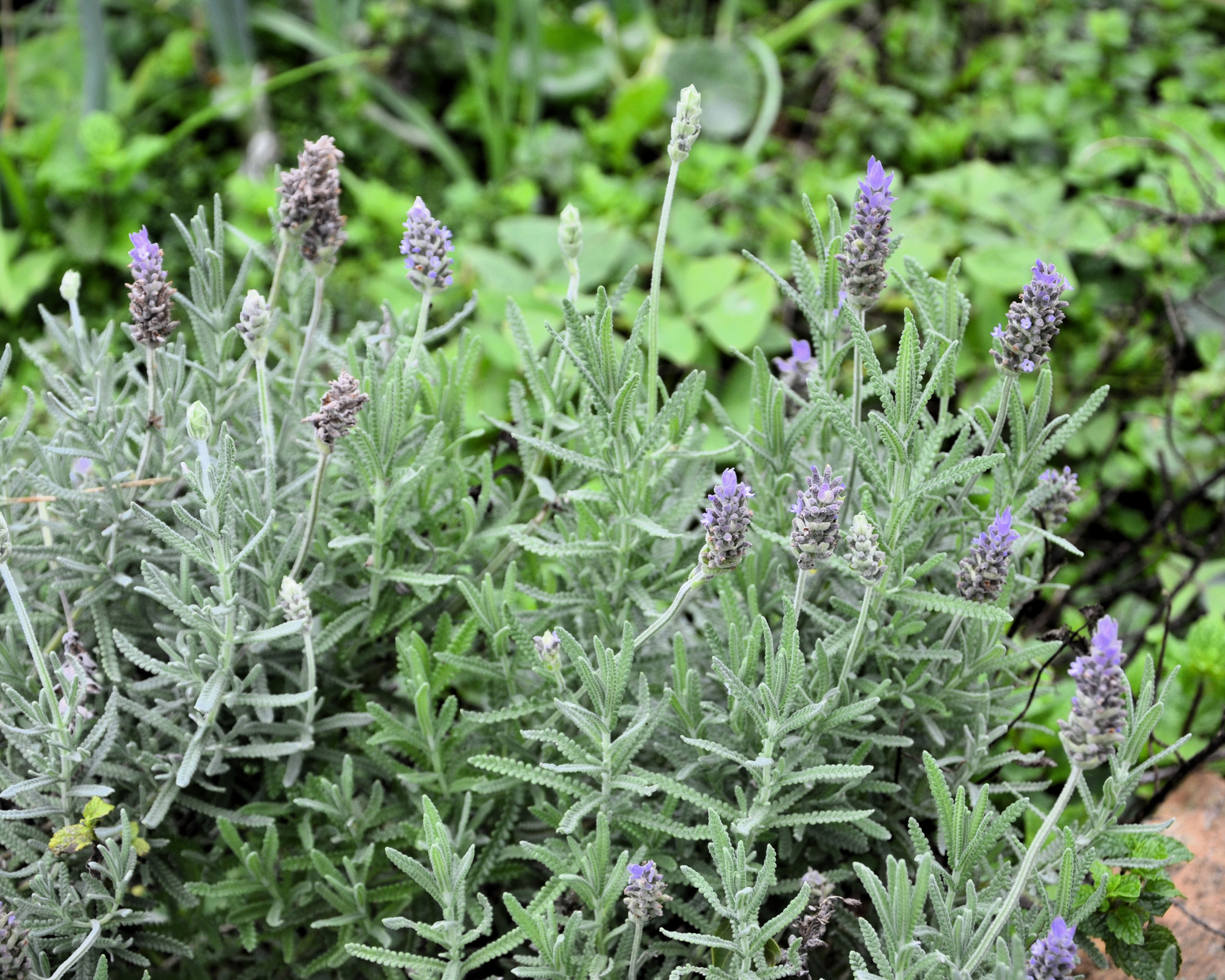
French types of lavender flowers are also quite popular. French and English lavenders are related, but French is better suited to warmer areas. Also known as Lavandula dentata, this species is ideal for use in pots, containers, and raised beds. French lavender is best grown in regions where winter temperatures remain moderate.
Growers should expect plants to begin blooming in mid to late summer. French lavender seeds and plants are commonly available at local nurseries each spring. The 'Royal Crown' variety of French lavender is a compact shrub that is perfect for cottage gardens.
Spanish Lavender Varieties
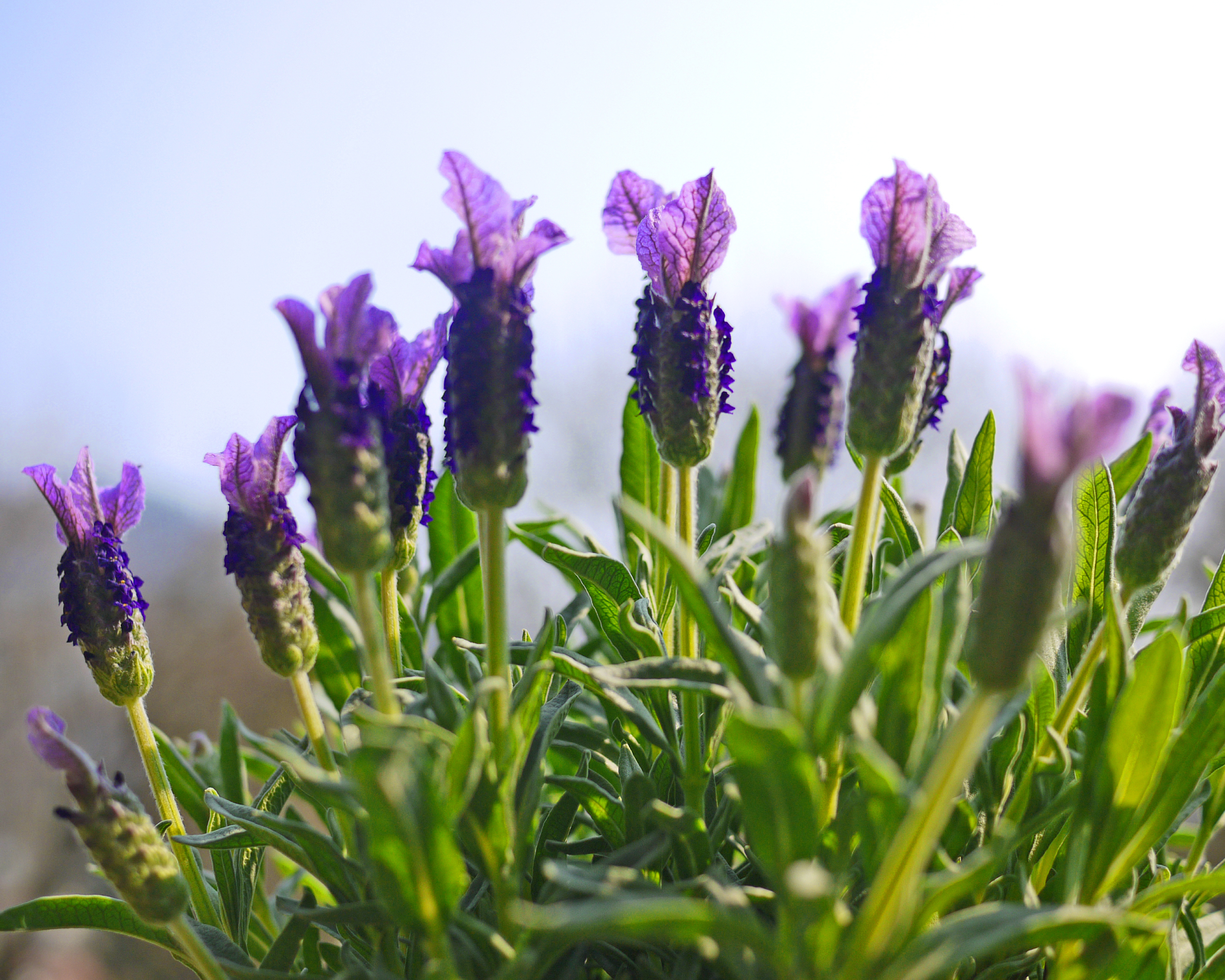
Spanish lavender (Lavandula stoechas) is most common in warmer regions that experience prolonged periods of drought. This waterwise species is able to withstand the harshest of conditions without noticeable decrease in the number or quality of flowers.
Disease-resistant plants are able to tolerate both heat and high humidity. Those who have grown Spanish lavender make special note of its unique, pine-like scent. The 'Royal Anouk' variety of Spanish lavender, available from Proven Winners, is a unique take on traditional lavender shrubs and is perfect for container gardening or landscape use.
Portuguese Lavender Varieties
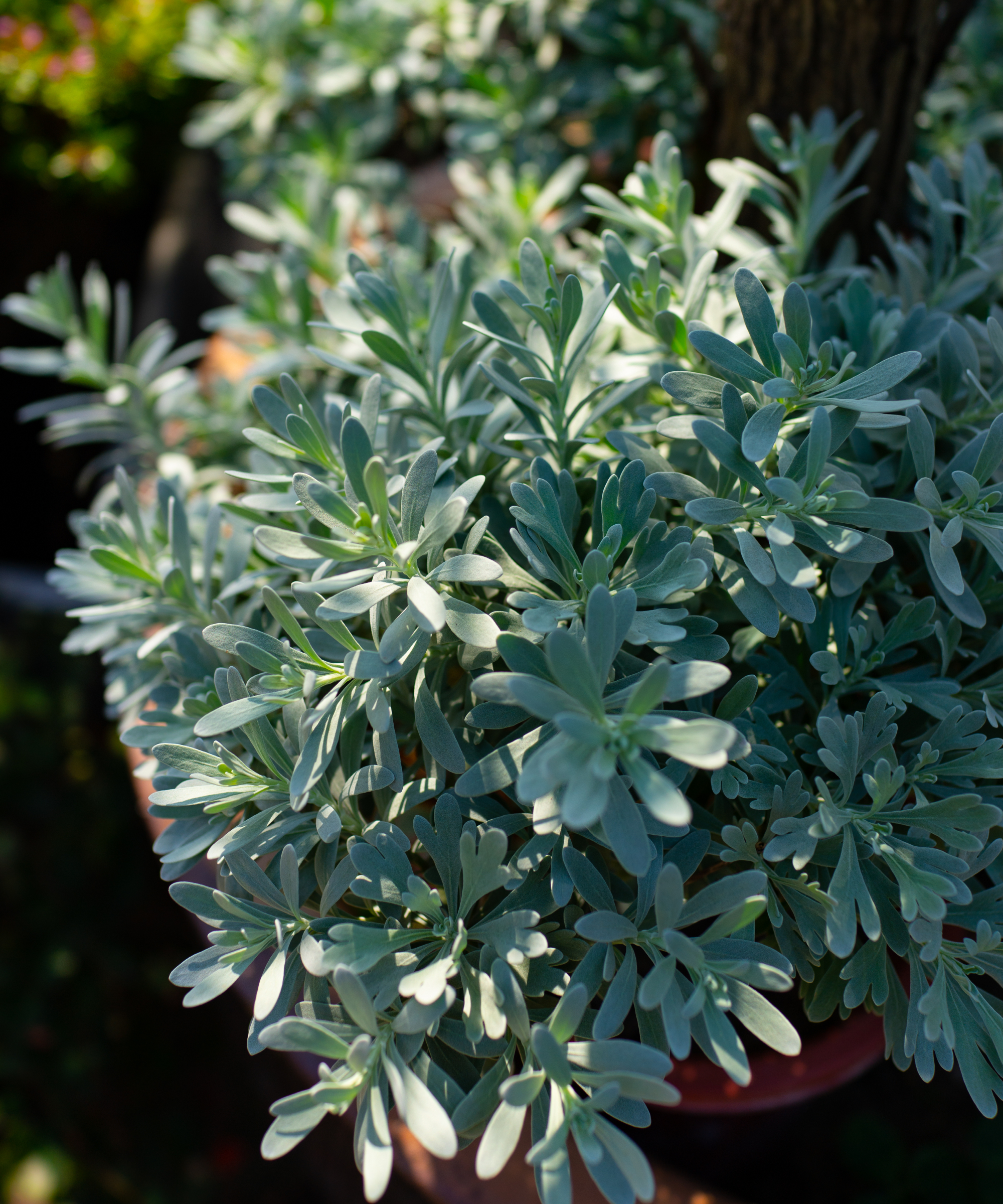
Also known as Lavandula latifolia or spike lavender, evergreen cultivars of Portuguese lavender are praised for their immense ability to attract bees and other beneficial insects. Latifolia means "broadleaf" and you will notice that these varieties have much broader leaves than other types of lavender. They are ideal for use throughout the growing space, serving as an important companion plant.
Tolerant to drought, Portuguese lavender plants are best suited to drier regions and those with warm summer temperatures. Spike lavender seeds can be purchased from Eden Brothers and the plants are particularly fragrant.
Lavandin Varieties
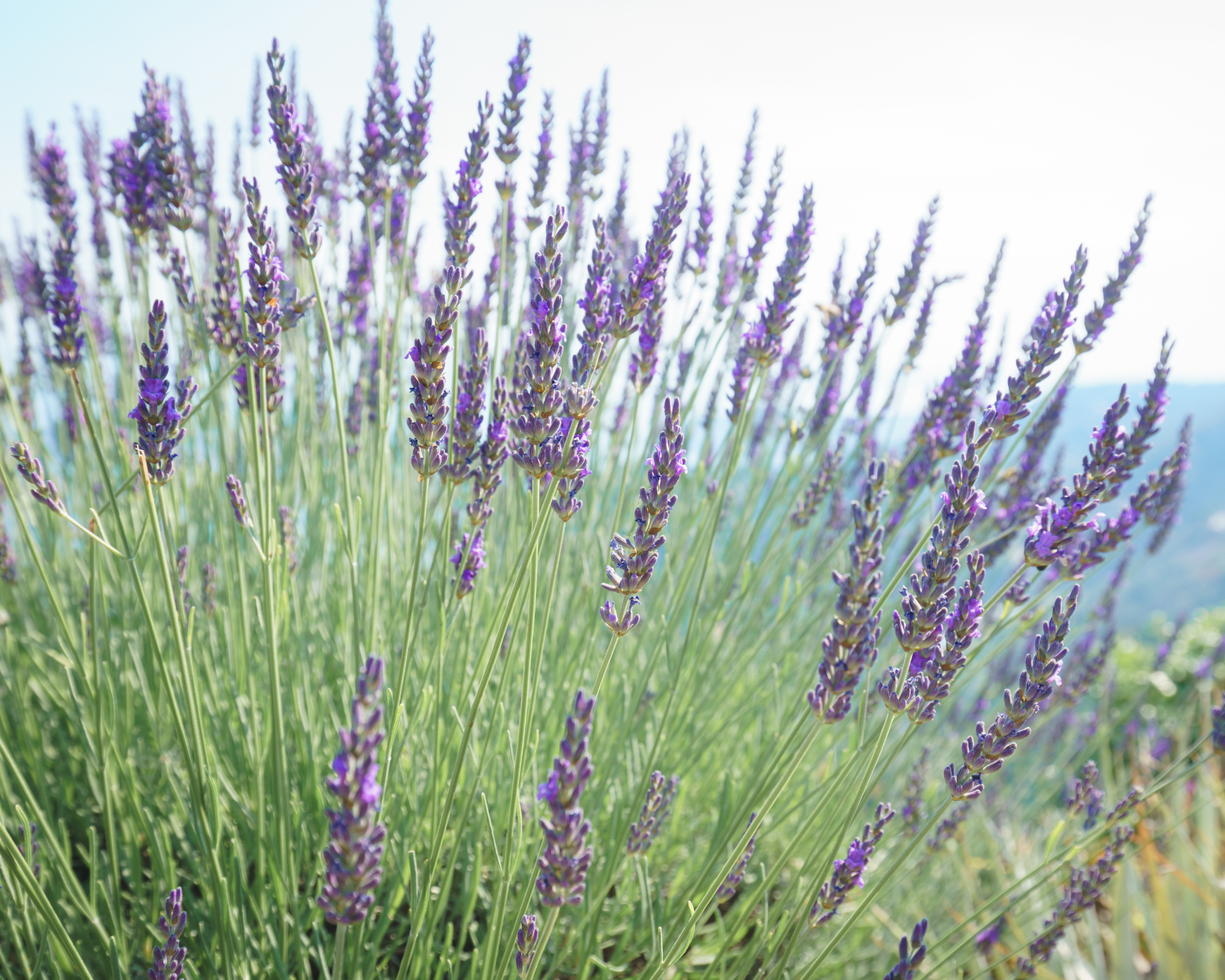
Lavandin plant (Lavandula x intermedia) varieties are a type of hybrid. In most instances, these plants are created by crossing English lavender with another species. Hybrid lavenders are celebrated for their robust growth habit and overall vigor. This includes resistance to disease and damage caused by common garden pests.
These types are also among the most tolerant to cold. The 'Grosso' lavender variety is fairly common. Many lavandin varieties are considered to be the most fragrant of lavender plants.
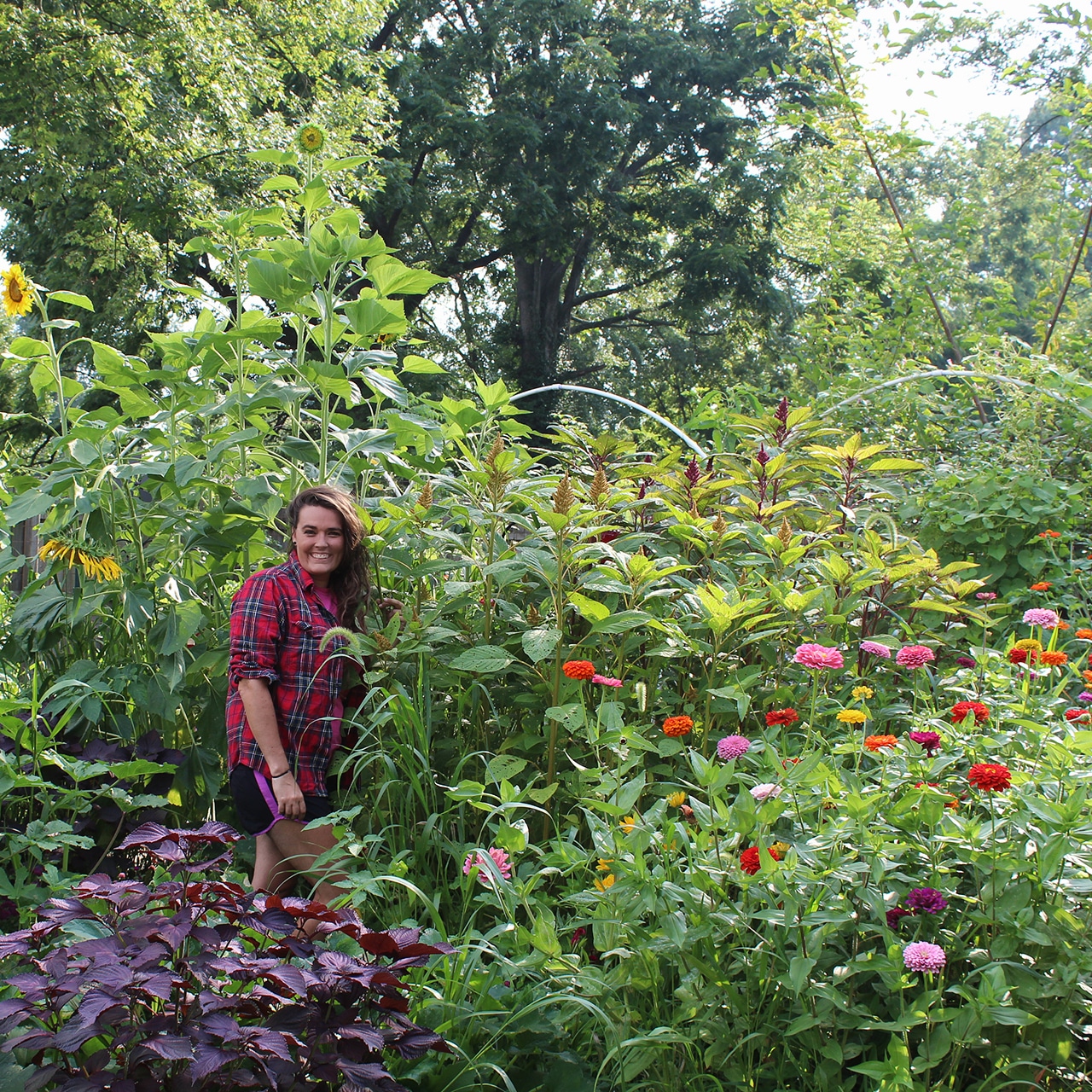
Tonya Barnett has been gardening for 13 years. Flowers are her passion. She has transformed her backyard into a cut flower garden, which she regularly chronicles on her YouTube channel http://www.youtube.com/@tonyawiththeflowers.